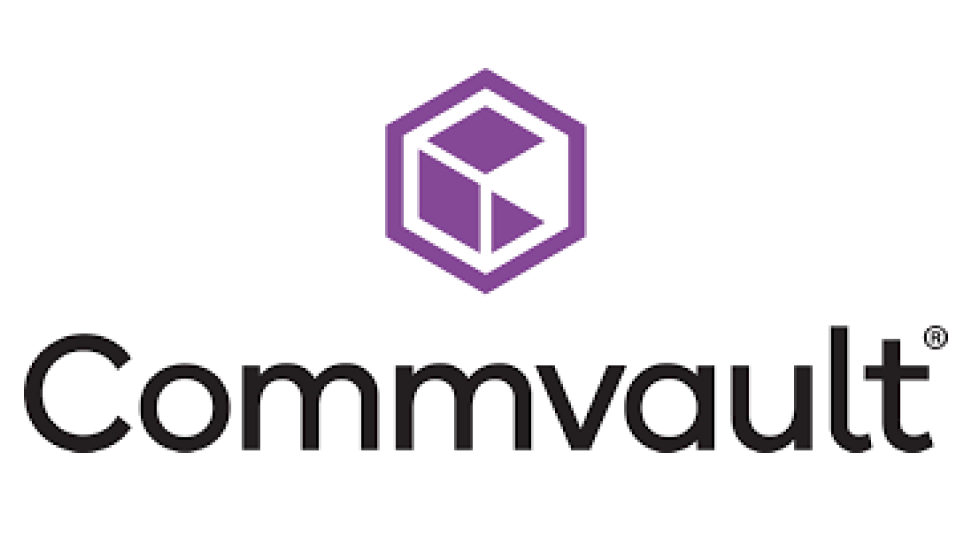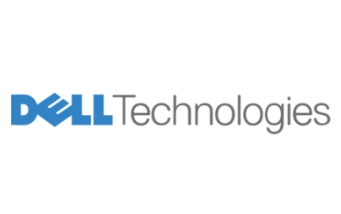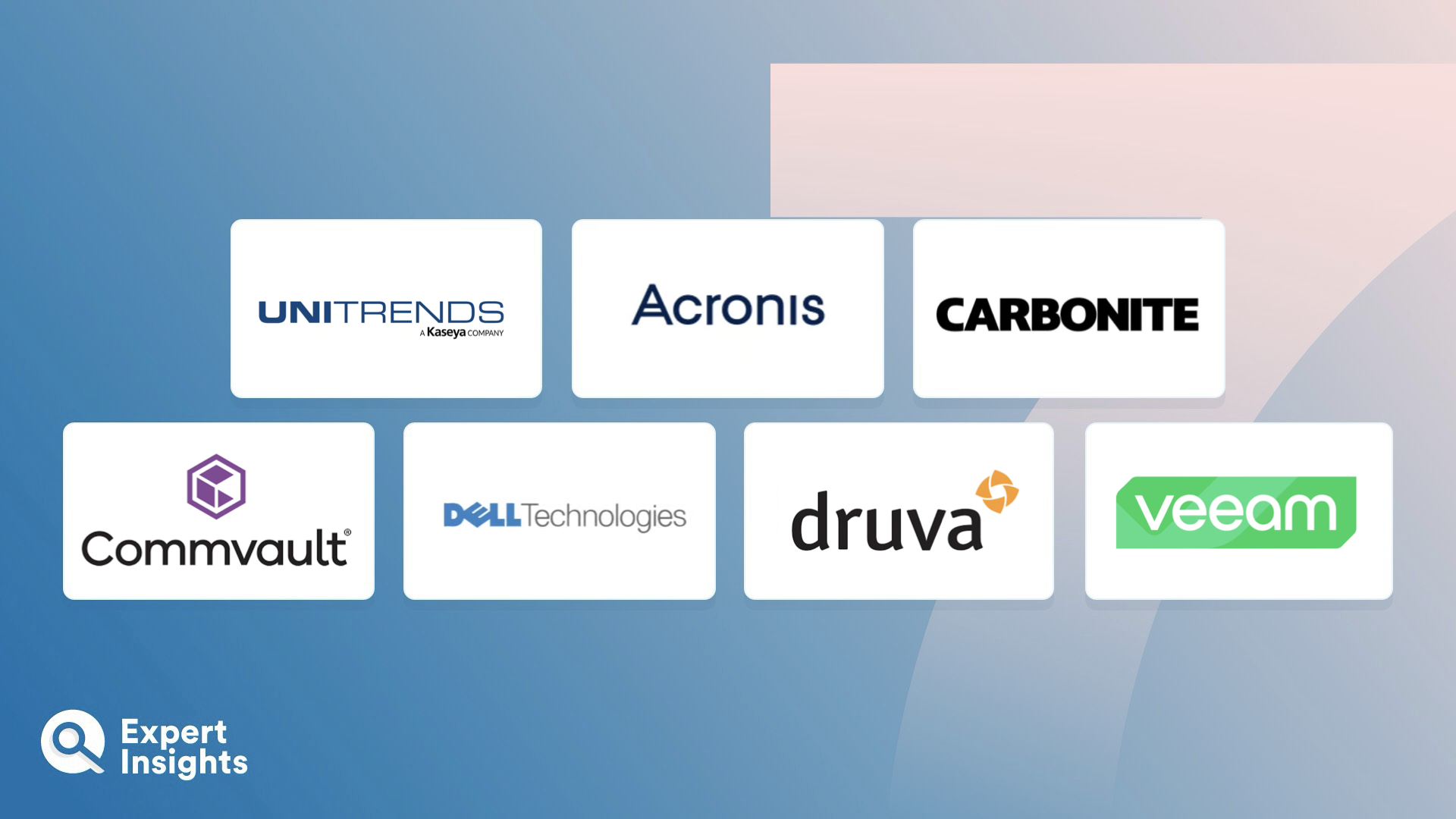Endpoint Backup: Everything You Need To Know
What Is Endpoint Backup?
Security and safety for endpoints is extremely important to businesses due to the number of endpoints within an organization, and the potential severity of a breach. Few organizations could function efficiently – or at all, in many cases – without access to laptops, workstations, tablets, smartphones etc., – each one of these is an endpoint. Endpoint backup saves copies of important data that can be revisited if something happens to the original data. It is a bit like clicking the “undo” button once something has been deleted.
Endpoint backup ensures that all data from the endpoint is accessible in the event of data being lost, stolen, danged, or otherwise unusable. It could be that a hard drive fails, a natural disaster occurs, or there is an accidental deletion. Each of these could result in you losing valuable data and being unable to continue business operations as normal. Not only does an organization have to account for the loss of data, but there will also be an impact on productivity, and extra resources will be needed to get things back on track. They may need to repeat workloads and contact customers before they can continue. With backup solutions, the impact of a data loss is mitigated.
How Do Endpoint Backup Solutions Work?
Backup solutions begin by scanning your environment and recording the information. This data is then transferred to a secondary storage location, as you see fit. It could be that this is a cloud storage area, or a physical storage center. There are benefits to both storage areas – it is worth checking with compliance bodies if they have any expectations for your environment.
Once the data has been saved, you can forget about it. That is, until you need it. If a cyber event does occur, you can access the information you have saved, and reinstate it. Most backup solutions give you the ability to restore single files, groups of documents, or entire systems. These can be uploaded to the original area, or a new one.
Historically, endpoint protection meant utilizing signature-based antivirus at each endpoint, but today’s more sophisticated malware has surpassed this level of and is capable of bypassing traditional AV solution.
Today a multifaceted approach is highly recommended, which should include things like MFA, network access control, and advanced anti-malware software. But even with all these solutions in place an endpoint backup solution is needed to fully round out endpoint security.
Time to recover is a key metric in any endpoint security plan, and an effective endpoint backup solution can help to ensure organizations have that necessary recovery time and can carry on with operation with as little disruption as possible.
What Are The Key Features Of An Endpoint Backup Solution?
Endpoint backups solutions may vary in terms of functionality, with each solution having their own features regarding automation, validation, security, and recovery process. But generally, any endpoint backup solution you employ should provide comprehensive file protection for every device, typically with a centrally managed portal for configuration and an easy, straightforward way to restore backups quickly.
Some key features to look out for in an endpoint backup solution include:
- Self-service. With modern workforces often operating from various locations, across multiple time zones and using various devices, self-services control and management is a useful feature. If end users can independently search files, restore backups, and carry on their work without needing to consult with IT teams everyone’s job is made easier and there is less overall disruption to productivity.
- Automation. Process automation is a key feature that ensures productivity can remain consistent. IT environments can benefit from automation as it eliminates multiple time-consuming tasks for users and IT teams. This allows security teams to do their job effectively with minimal disruptions.
- Resource optimization. Backups require storage space and bandwidth, no matter what tools you choose to use. It is a good idea to look for an endpoint backup solution that offers deduplication, bandwidth throttling, compression, network acceleration, and other methods of optimizing bandwidth usage and storage. This will result in you using up less valuable storage space.
What Are The Different Types Of Backup?
Full Backups
This is the most basic and complete form of backup is, as the name suggests, where complete copies are made of all data. The entirety of the data on your system is stored security, with the primary advantage of ensuring that a complete copy of all data is readily available. This is the most time and storage intensive form of data backup, but also the most comprehensive. When you need to recover data, you can restore an entire system from a single backup.
Incremental Backups
An incremental backup means copying only the data that has been altered since the last full backup. This means that is will only be a partial backup. When used in conjunction with a full backup, or multiple previous incremental backups, organizations will have a comprehensive record of their data. Since this is only a partial backup it is a less time consuming process so organizations can run this type of backup more often. Organizations might end up having to restore from multiple different backups to gain a complete picture.
Differential Backups
These ae very similar to incremental backups, except they will record all alternations made to data since the original full backup. Differential backups require more space and time to complete than incremental backups, although less than full backups, but means you will only have to deal with two backup copies which is a lot easier to manage, while still providing a comprehensive copy off the data. As you are restoring from two records, this type of backup is less storage intensive and faster than incremental backups.














